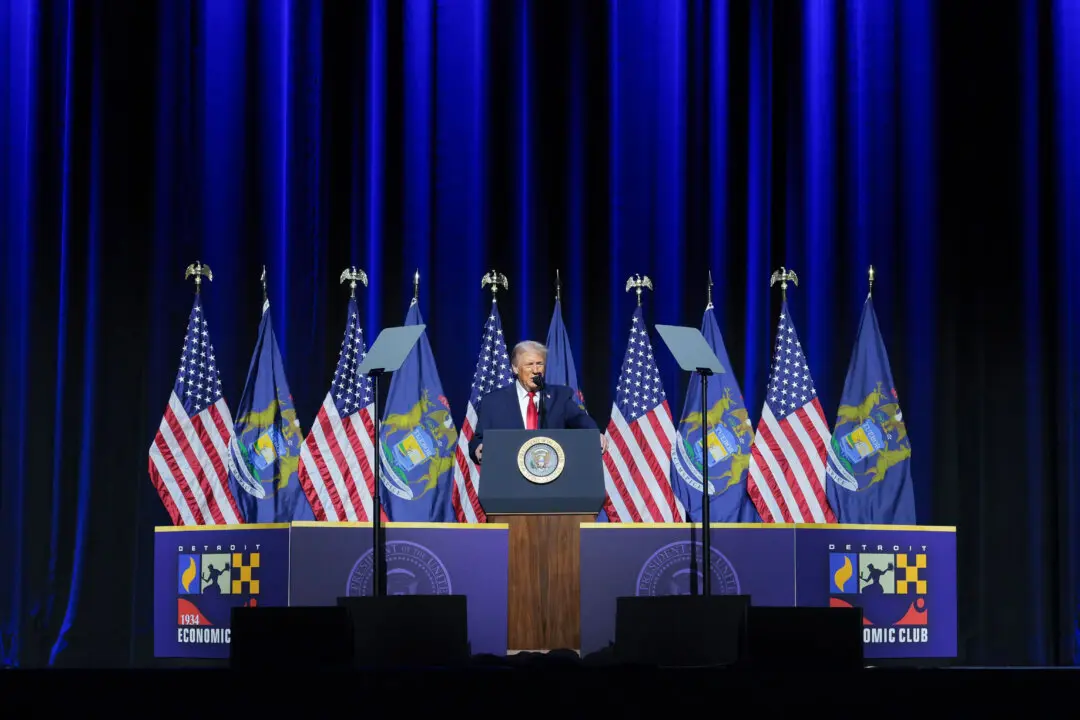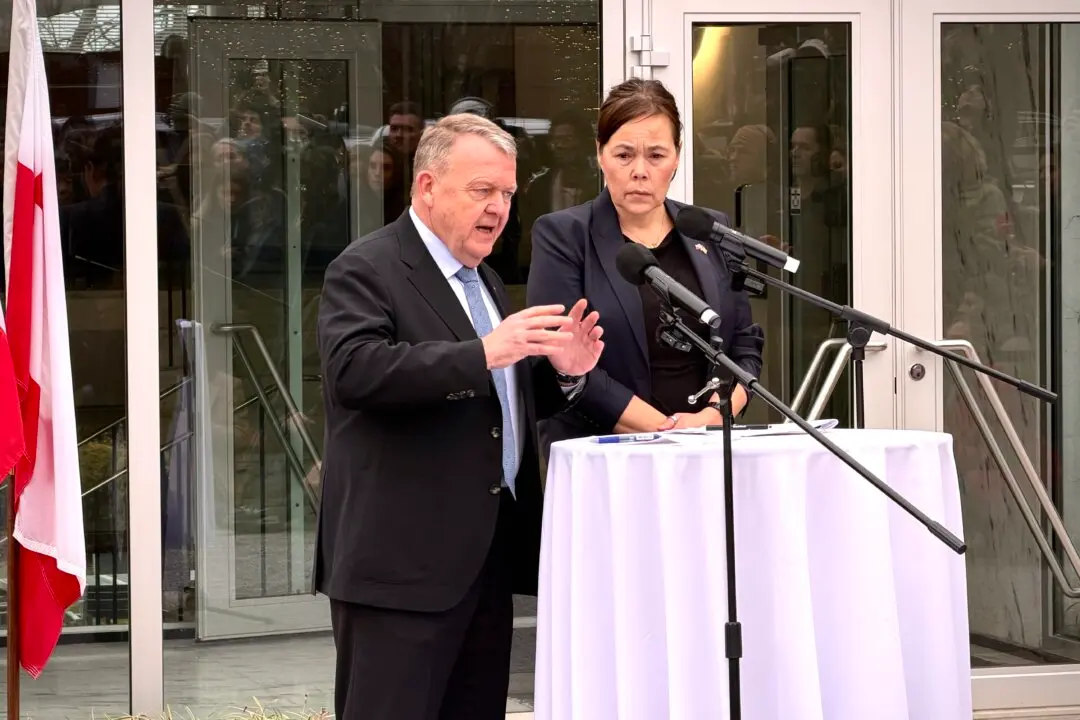WASHINGTON—The Federal Reserve announced Sept. 18 that it would cut its benchmark federal funds rate for the second time this year and signaled “modest adjustments” to the rates going forward.
As widely predicted, the central bank cut its target interest rate by 25 basis points to a range of 1.75 percent to 2.00 percent after its two-day policy meeting. The federal funds rate is a benchmark that influences borrowing costs of all types of loans, including mortgages, auto loans, and student loans.





